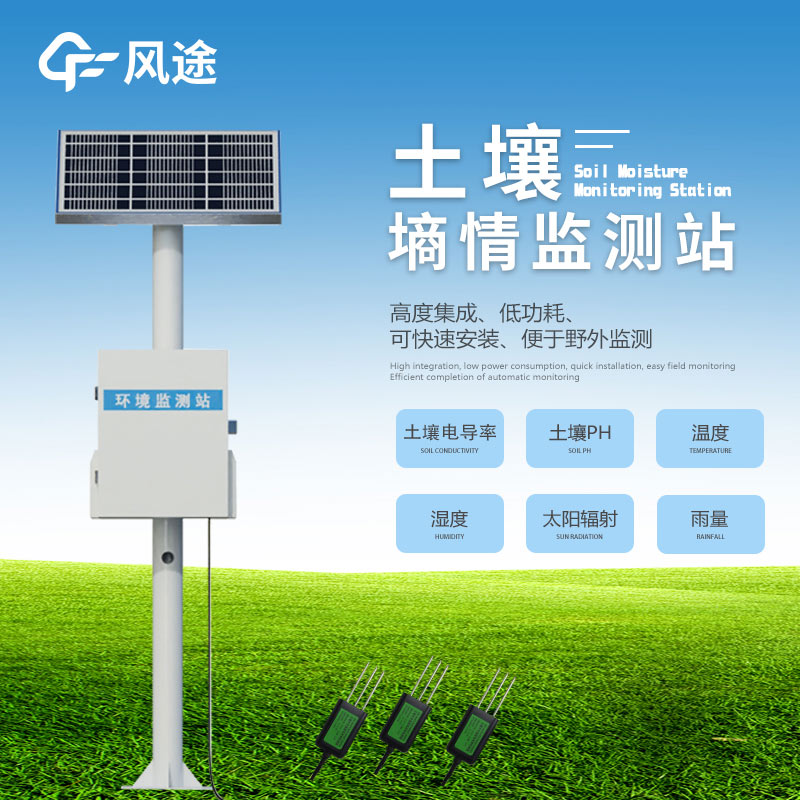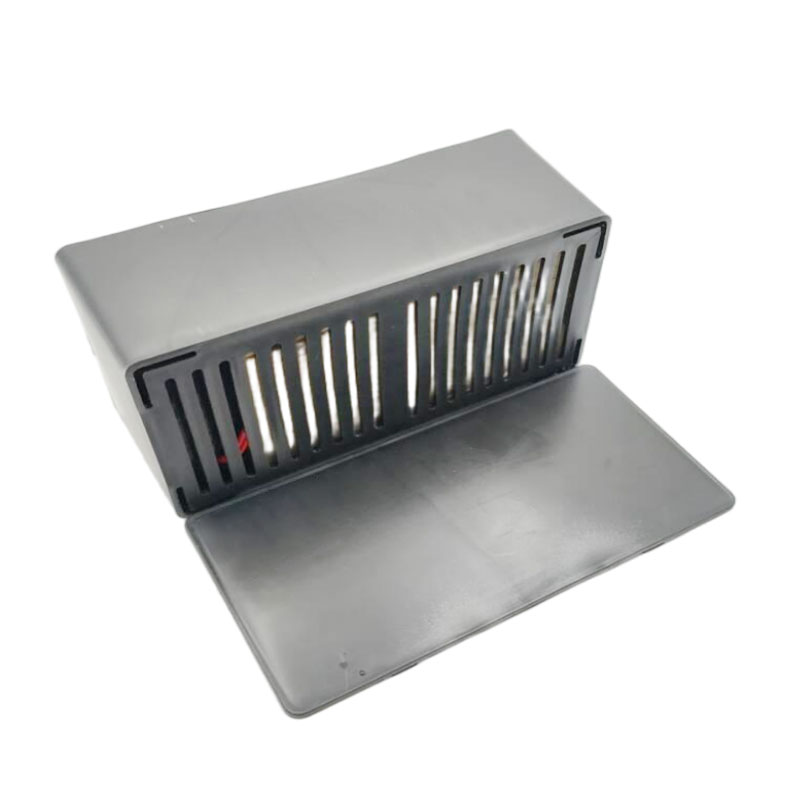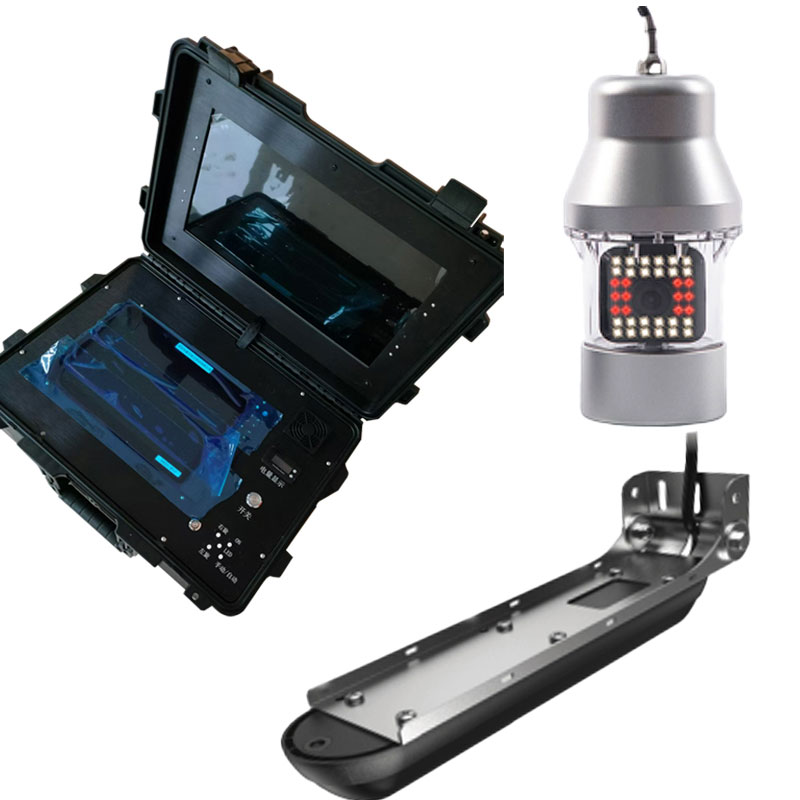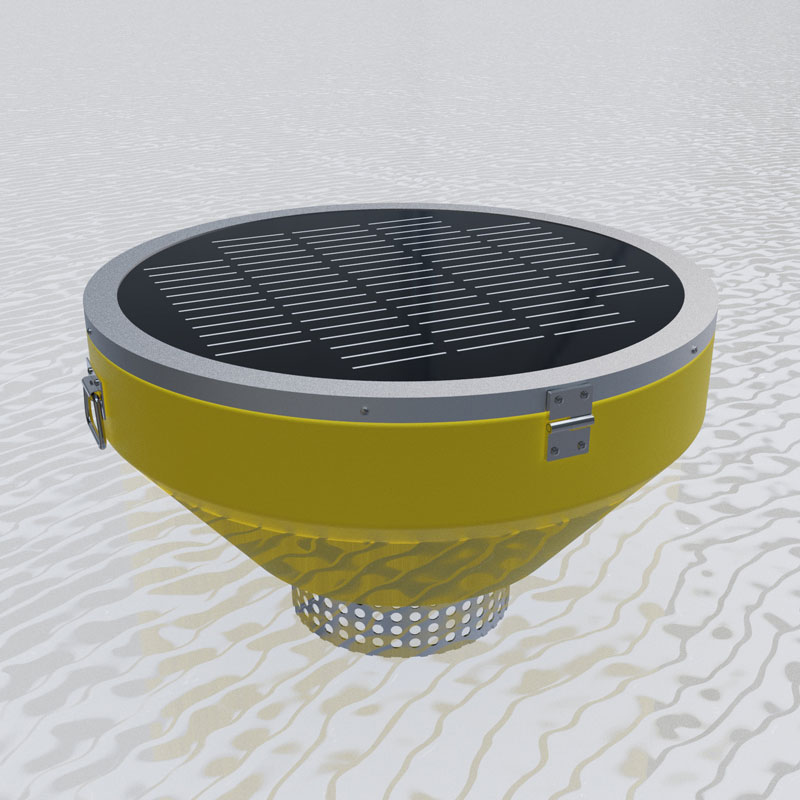A soil moisture monitor is composed of various devices. The sensor system is the most important component. Soil moisture sensors utilize technologies such as Frequency Domain Reflectometry (FDR) and Time Domain Reflectometry (TDR) to accurately measure the soil moisture content in soil layers at different depths. For example, FDR sensors calculate moisture values based on the relationship between the propagation speed of high-frequency electromagnetic waves in the soil and soil moisture by transmitting and receiving such waves.
Then there are soil temperature sensors and meteorological sensors, such as those for air temperature, humidity, wind speed, wind direction, and precipitation. These sensors can assist in comprehensively understanding the factors affecting soil moisture conditions. This is because soil temperature influences water evaporation and the absorption of water by crop roots, while meteorological conditions are closely related to the replenishment and loss of soil moisture.
The data collector is responsible for gathering data obtained by various sensors, performing analog-to-digital conversion, storage, and preliminary processing to ensure that the data is transmitted completely and without loss. The transmission module transmits the collected data to a remote monitoring center or user terminal through wireless communication networks (such as GPRS, 4G, LoRa, etc.) or wired methods, allowing users to access information at any time. The power supply system generally adopts a combination of solar panels and storage batteries. Solar panels convert solar energy into electrical energy when exposed to light, supplying power to the system and charging the storage batteries. During nights or rainy days, the storage batteries provide power, ensuring the continuous operation of the monitoring station.
A soil moisture monitor can provide farmers and agricultural enterprises with accurate soil moisture information, helping them determine reasonable irrigation times and amounts. It avoids water waste, soil compaction, and nutrient loss caused by over-irrigation, or the impact on crop growth due to insufficient irrigation, thereby improving the efficiency of irrigation water use and promoting high and stable crop yields.

This paper addresses:https://www.fengtusz.com/industry/793.html









